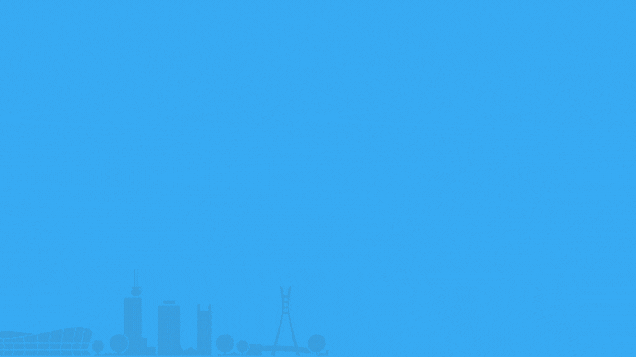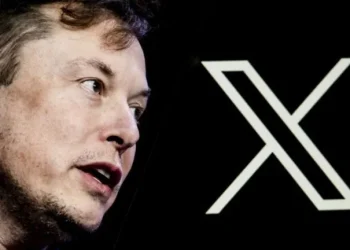In today’s startup landscape, great products no longer guarantee success. The companies that win are not necessarily those with the best technology but those that master the art of distribution, reaching customers faster, earning their trust, and turning every touchpoint into growth.
The Death of Product Superiority
For years, the startup world glorified innovation as the ultimate advantage. Build a superior product, the thinking went, and customers would come. But that world no longer exists.
Artificial Intelligence has flattened the playing field. Features that once took teams months to build can now be replicated in days. The smartest product or sleekest interface is no longer a moat. The true differentiator is how well you distribute it, how efficiently you connect your product to the people who need it.
History has made this clear. VHS beat Betamax. Facebook outgrew MySpace. Zoom surpassed Skype. None of them won because of superior technology. They won because they mastered access. They made adoption easy, familiar, and widespread. In other words, they won on distribution.
Distribution: The Real Engine of Growth
Distribution is not just logistics. It is the invisible infrastructure of trust, accessibility, and habit that keeps customers coming back.
In eCommerce, it means controlling the journey from supplier to doorstep to loyalty. In SaaS, it means owning the experience from discovery to onboarding to advocacy.
At Afrishopa, distribution is not a supporting function. It is the strategy.
We didn’t begin with a complex app or a buzzword-filled pitch deck. We began by building relationships, routes, both physical and digital.
We established trusted supplier pipelines with UK wholesalers. We refined delivery loops that make every order faster than the last. And we embedded our presence in diaspora communities through WhatsApp groups, referrals, and cultural networks that keep engagement alive long after the first purchase.
This ecosystem of reach and reliability is what we call distribution intelligence, the ability to anticipate, simplify, and deepen every customer interaction. That is the moat.
The New Competitive Advantage
In 2025 and beyond, the companies that thrive will be those that integrate distribution into the core of their business model.
The pattern is already visible:
- Owning the supply chain — like Amazon, Shein, and Afrishopa.
- Building communities as channels — like Duolingo and Notion.
- Personalising distribution through data — like Netflix and Spotify.
These companies don’t just have customers. They have self-reinforcing distribution machines that create demand, strengthen loyalty, and build habits that are hard to disrupt.
In this era, competitive advantage is not built through product innovation alone. It’s built through the integration of product, customer, and delivery into a single growth engine.
The Revenue Leader’s View
As a Chief Revenue Officer, I see distribution as a living ecosystem that connects product, marketing, and operations. It’s where growth happens.
The most important questions are no longer:
- How do we build more features?
- How do we spend more on ads?
They are:
- How do we reach customers faster?
- How do we remove friction at every step?
- How do we turn every satisfied user into a new distribution channel?
The old playbook told startups to spend aggressively to buy attention. The new one teaches them to engineer virality through value. Distribution is compounding revenue in disguise.
Distribution as Leverage
The beauty of strong distribution is that it compounds. Once built, it begins to work for you.
At Afrishopa, every delivery route doubles as a marketing channel. Every repeat customer becomes an advocate. Every satisfied vendor becomes a pipeline to new customers.
We are not simply delivering groceries or services; we are delivering reliability and cultural connection. And those are assets you cannot easily copy or buy.
This loop of trust, feedback, and convenience is what gives distribution its power — and why it is the most sustainable form of leverage a startup can build.
Building Your Own Moat
For founders and growth leaders, the lesson is clear:
- Great products create attention once. Great distribution earns it forever.
- Don’t chase hype; chase habit.
- Don’t treat distribution as a department; treat it as the business.
Funding can buy temporary reach, but sustainable reach comes from owning the channels and communities that drive your revenue engine.
The Future of Moats
As technology becomes increasingly commoditised, distribution will become the last true moat.
AI can clone features, but it cannot clone relationships, communities, or trust. It cannot recreate the intimacy of a brand that knows its customers deeply and meets them where they are.
The next generation of African and global startups will not be defined by how advanced their technology is, but by how deeply they control their channels of connection, from the local market to the global diaspora.
In a world overflowing with products, distribution is the only thing that compounds in value.
Final Thought
At Afrishopa, our mission is to make African commerce borderless. We serve Africans in the diaspora through groceries, services, and marketplaces that bring them closer to home. Behind that mission lies one core principle: whoever controls distribution controls the future.
In the modern startup world, your moat is not your technology stack. It’s your reach, your relationships, and your repeatability. The companies that will endure are those that own the roads, both digital and physical, that lead to their customers.
About the Author
Grant Uzoanya is the Chief Revenue Officer and Co-founder of Afrishopa, a digital marketplace connecting African entrepreneurs with global consumers. He leads revenue, growth, and strategic partnerships across the United Kingdom and Africa. Grant believes the next generation of global startups will be built not just on technology but on connection, where distribution, not innovation alone, becomes the true moat.













